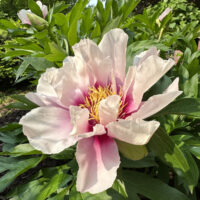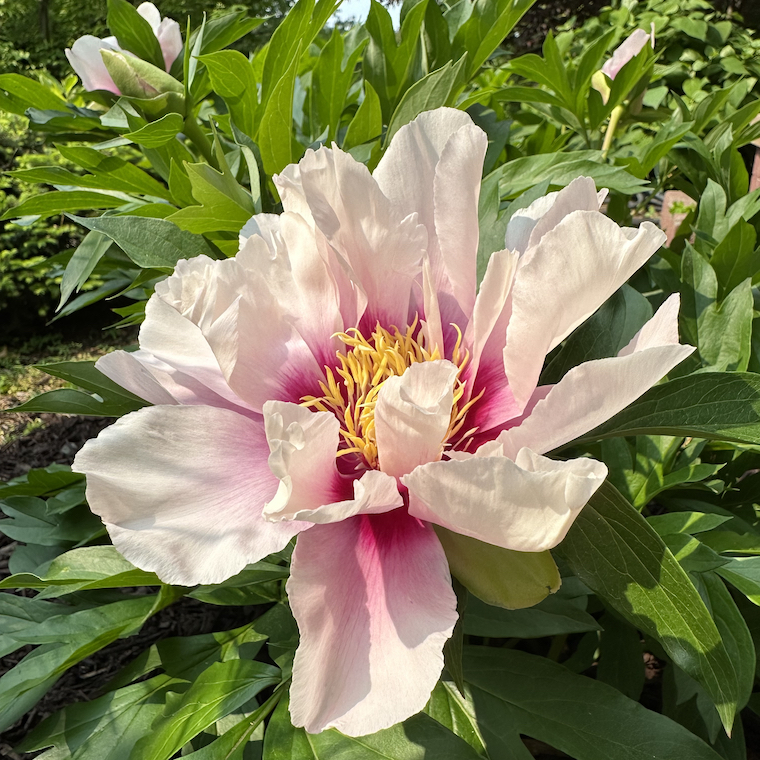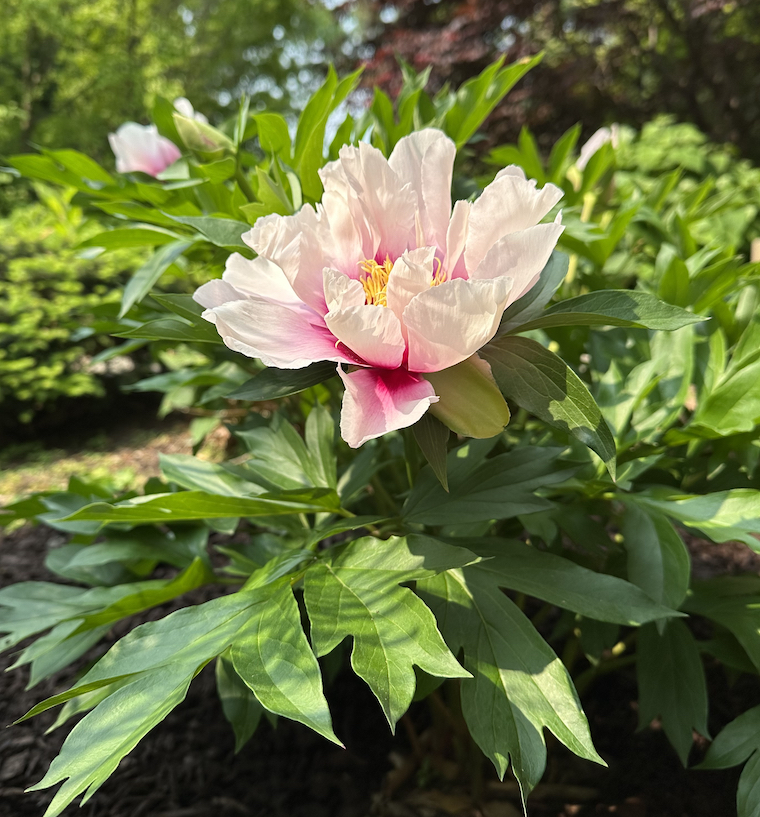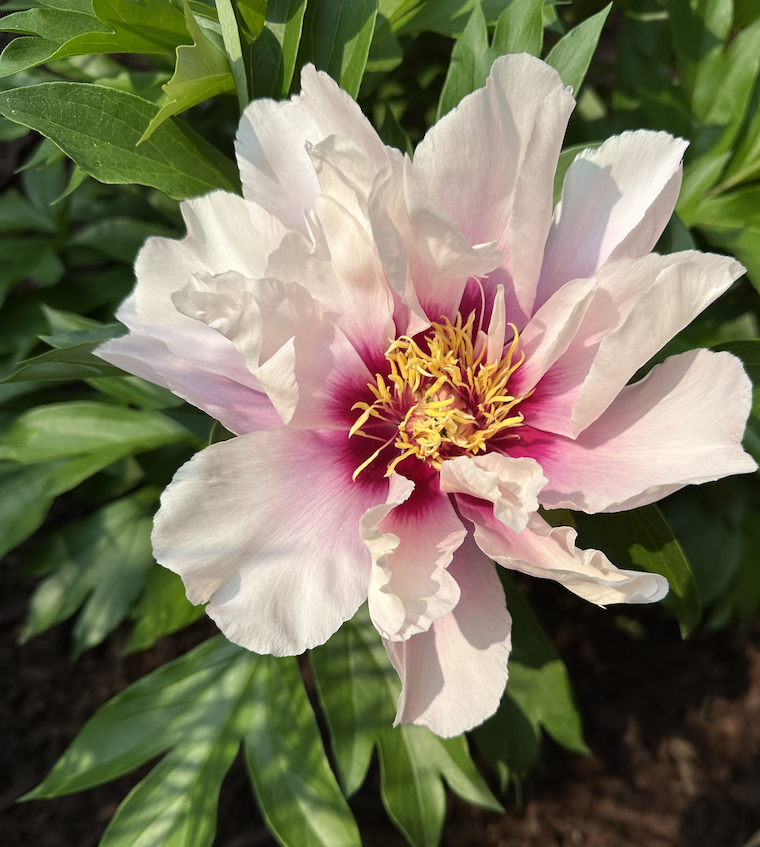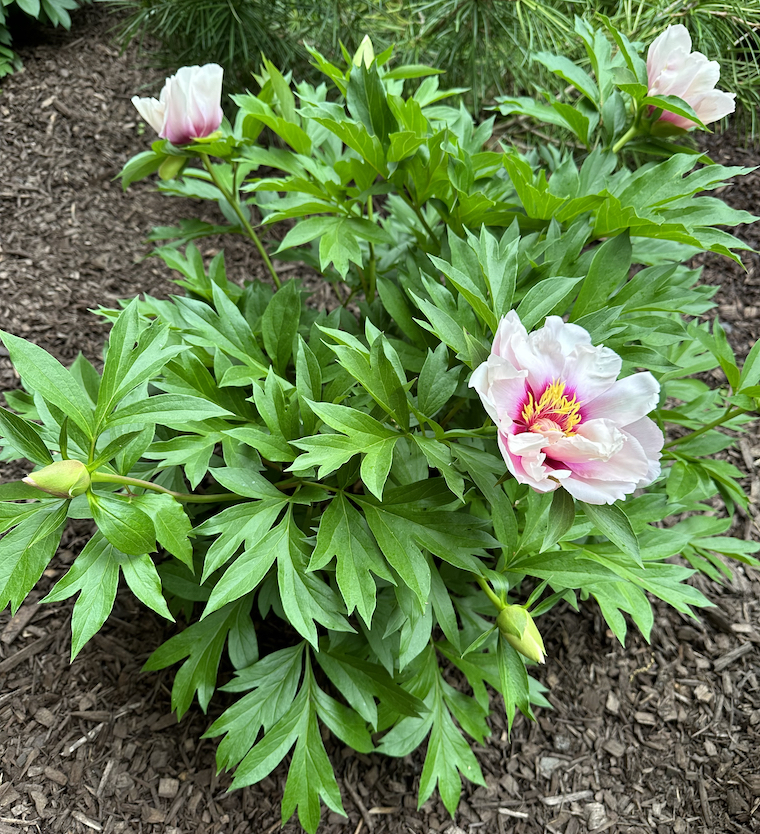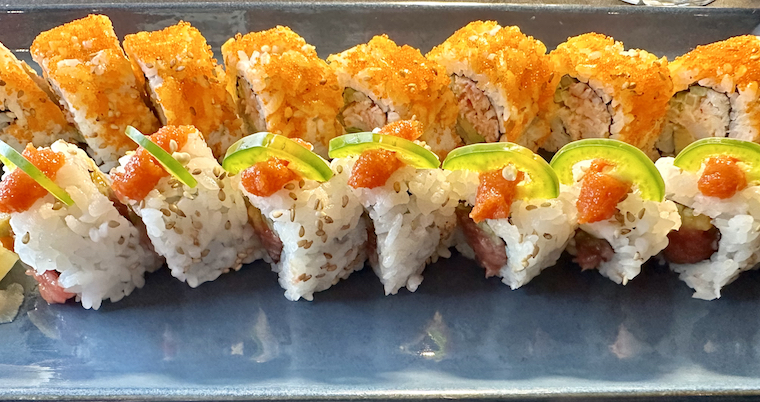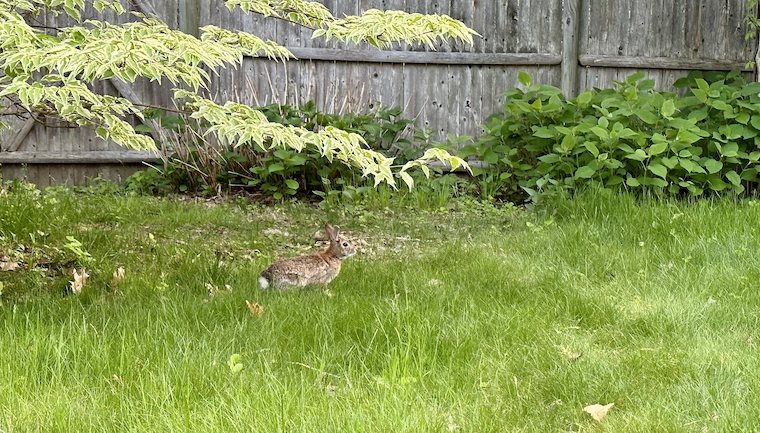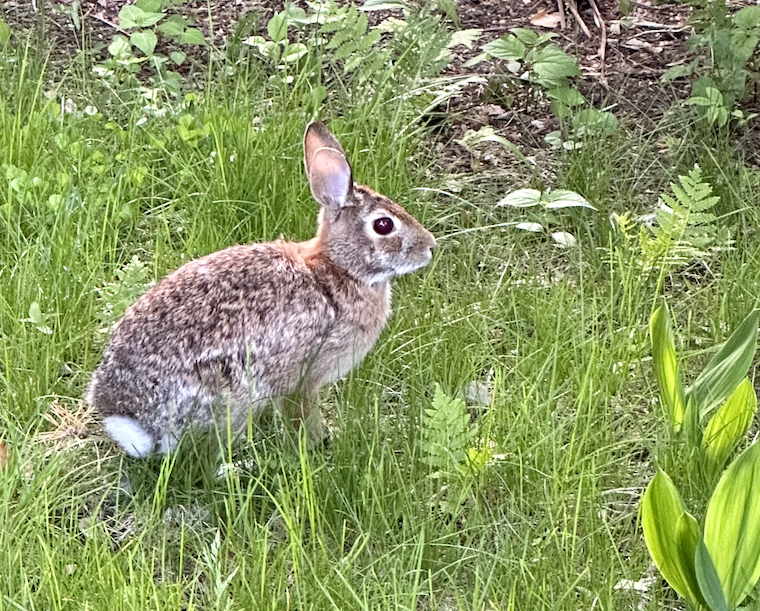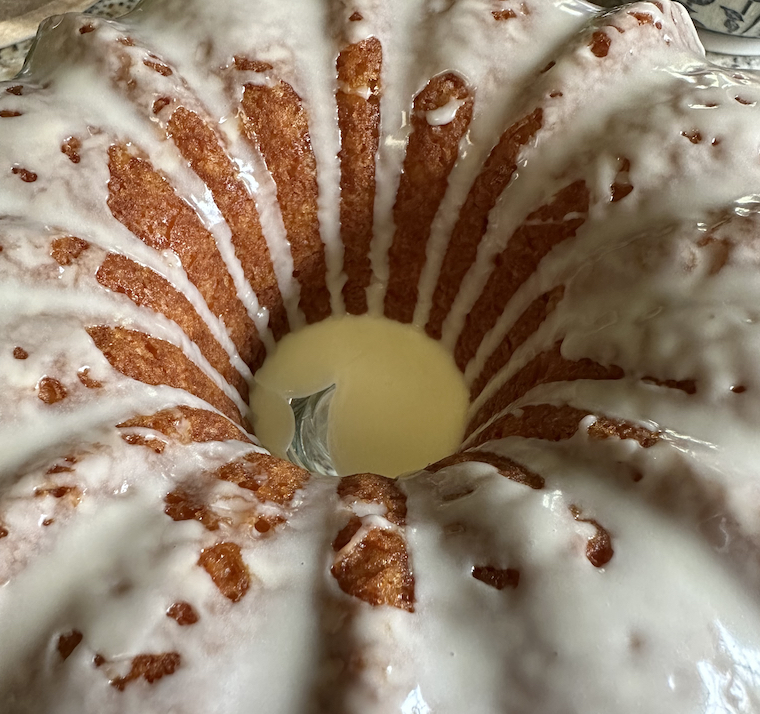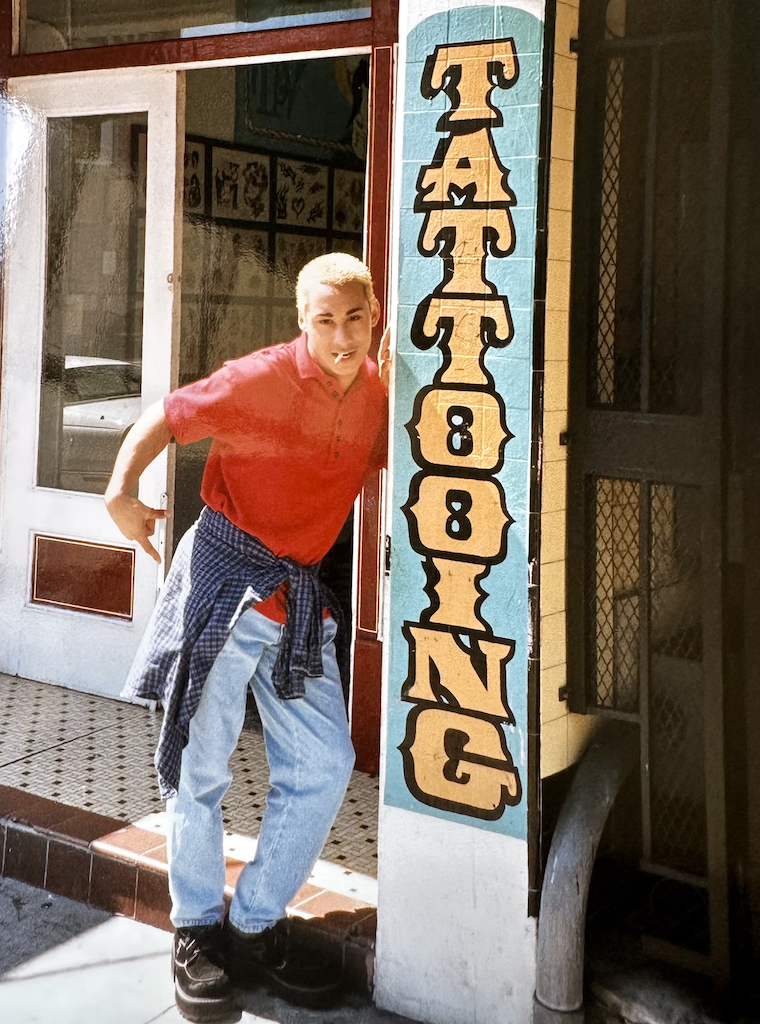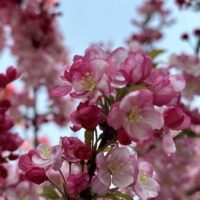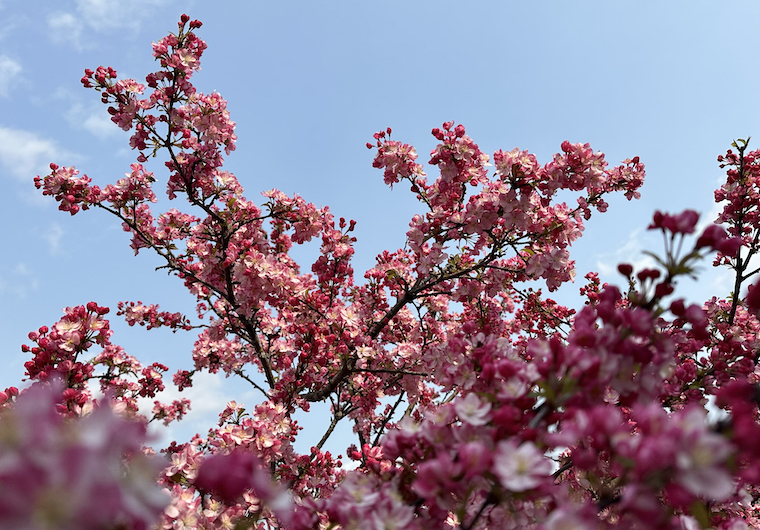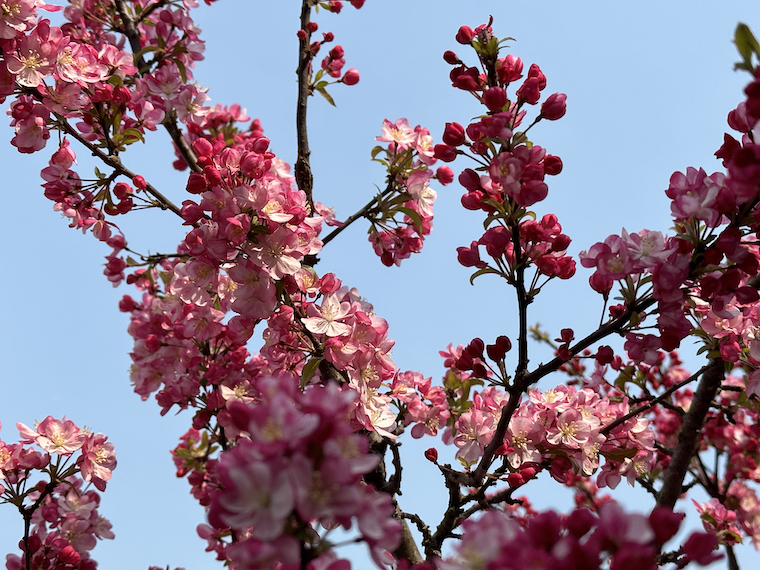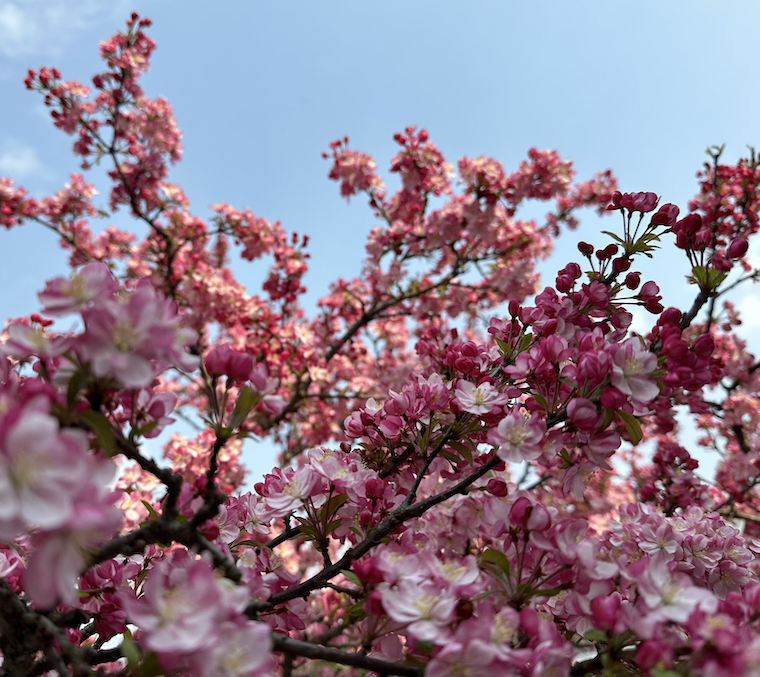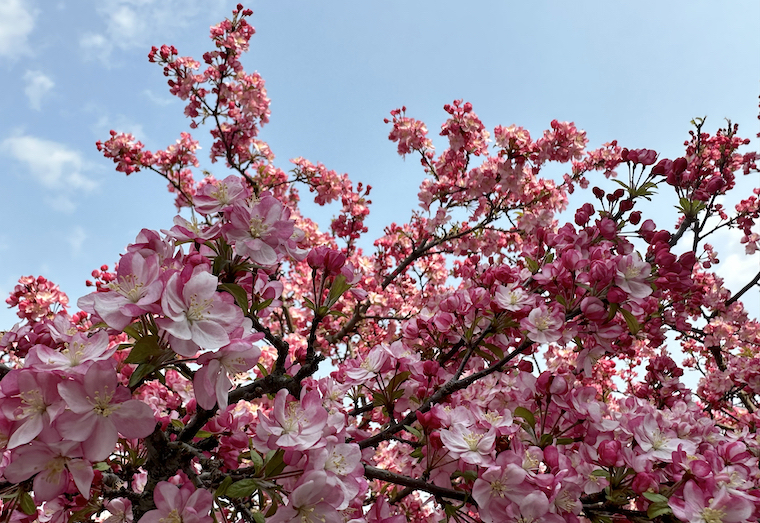Last year I added two gorgeous specimens of the Itoh Peony to our little front garden. These are beautiful plants, and I wanted to give them the best start possible, as well as prime them for future years of bloom, so they got a full summer of pampering, and important placement in the front yard. When dealing with a plant that can live for a century, the location is one of the most decisions the planter will make. From there, it was all about creating a hospitable environment.
It began with the soil – amended heavily with manure – dug deep and wide for each hole. Once I got them nestled into their new homes, I mulched them well and watered them in. As summer heated up, the watering was essential, and a key element to getting them successfully established. It’s usually better to water deeply rather than watering lightly and more frequently; it encourages the roots to drive deep into the moist earth.
When they were planted, they were pretty much at their full size, which sometimes makes watering feel unproductive. That’s when it matters most though, and beneath the ground, the work was happening.
While the flowers deservedly get most of the glory and accolades, the foliage is not to be overlooked. It’s handsome, with delicate veining, and, depending on the light, it looks sometimes like the glossier leaves of the herbaceous peony and other times like the grayish, matte-like magic of the tree peony. Even better is the fact that these leaves, despite our uncomfortably humid summers, shirk off the powdery mildew that always manifests upon the old-fashioned herbaceous cousins just a few feet away.
The magnificence of these plants is why I keep coming back to gardening – to witness their form and effect in the garden, the peace and tranquility such beauty brings – and the journey and work it takes to bring them to such a state.

